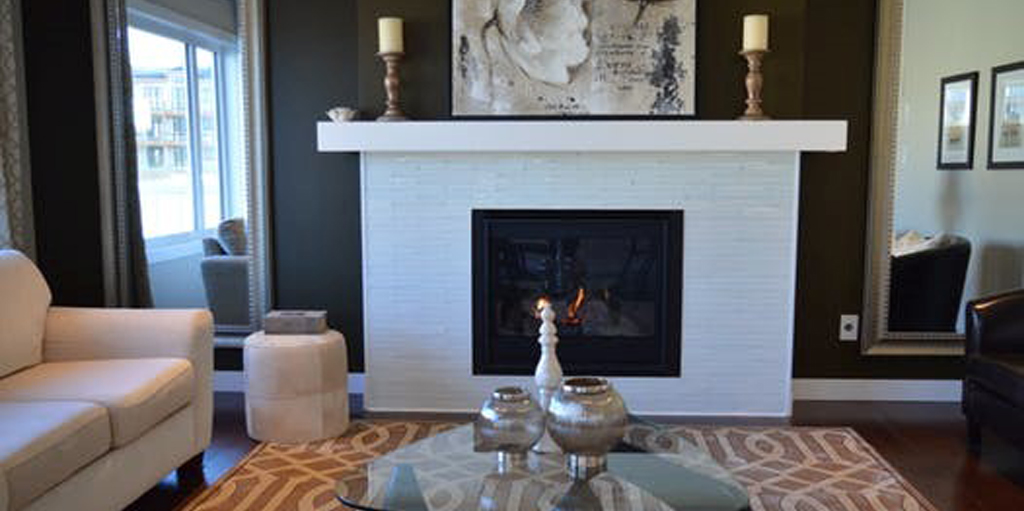
Design guidelines to help your home look beautiful
___
Published Date 6/19/2018
If you were a designer looking at “what’s wrong with this picture” upon entering a home for the first time, the first thing that might hit you is perspective: Is this the best use of space? Could this room be more attractive with a few tweaks? Or is it too crowded, too confusing, too dark or too boring?
While designers have no secret rulebook, there are basics they follow that help them ensure a great result every time. Nothing complicated. Just things that work that any homeowner could master if they bothered to stand outside themselves for a moment and take an objective look at their spaces.
Paint color is king, so choose one that will last. That may not mean automatically painting a house the moment you move in just because you hate what’s there or because you want fresh paint. Guess what? You can pick that color only if your stuff is actually inside your home because light sources vary. Just because you like the color you chose in your last house doesn’t mean it’s the ideal one for the new one. Look for colors that best complement your upholstery, artwork, rug and whatever else.
If you look at some of the most attractive photos in any decorating magazine, you may discover that less is more. Resist overcrowding a room with “stuff” and furniture, instead offering yourself the ability to maneuver with ease. Spend more of your budget on fewer, but better-quality pieces and your room will look better than if it’s stuffed to the gills with flea market finds and Home Goods wannabes (although they’re great for accessories and accent pieces). A beautifully upholstered set of high-backed chairs will stand out if they don’t have to fight for attention.
Hanging artwork is not about just your eye level. After all, you may be 5 ft, 2 inches tall or 6 ft, 3. Galleries and museums hang artwork so that the midline (center) of each piece is 57 inches to 60 inches from the floor (The average human eye level is 57 inches.). and you should do the same. In rooms with high volume ceilings, you might be tempted to hang the art higher, but avoid that urge. With art, it’s about human scale, not structural scale.
Hard to know how well you sing if you don’t record yourself, right? By the same token, you may find that taking a photo of an area or an entire room will reveal its biggest flaws. Print out the picture, then stand back and decide if you think the room could be considered for placement in your favorite home decor publication. You’ll see where some things are too large and others get lost in the shuffle. You’ll also see if you overloaded on a certain color.
Apart from using one as a piece of art on the wall, what good is a beautiful rug unless you know how to arrange furniture on it? Designers offer three ways to arrange things — all on, all off, and front on only. If the rug is roomy enough, placing all the furniture on it creates a luxurious look. This means every furniture leg. Just be sure to leave at least 12 to 18 inches of floor surface on all four sides of the rug’s borders or you’ll lose the effect.
Smaller rooms usually mean smaller rugs as accent centerpieces on the floor and backing all the legs off it, if you don’t go too small, though. The rug should appear as though it could touch the front legs of each of the seating pieces. For something in between the two methods we just described, place just the front feet of all your seating pieces on the rug to tie the arrangement together visually.
You can go crazy with themes, but resist the urge. Just because you love the seaside doesn’t mean you have to go nuts with beadboard, blue and white nautical colors, sailboat paintings, and brass ship accessories. You can tone all this down and still create a nautical vibe with color, soothing artwork and materials that offer the effect without drawing on the obvious and creating what could become a tired caricature.
Focal points help anchor a room. (Oh. Sorry. See how that nautical theme affected us?) Choose something as the focal point for your room and permit other items to complement it. In the kitchen, it could be dramatic range hood. In a living area, it could be a gorgeous mantel (although these days a 70- inch flat screen TV hanging just above it might be a distraction). And in your bedroom, you may feature a tall, upholstered headboard. Choose a star for your show and gear lighting and other elements to draw your eye there.
This is a touchy one: Realtors and home stagers often have a tough time explaining using subtlety when pointing out how potential buyers may not appreciate your many collectibles cluttering a room and drawing attention away from a room’s best attributes. Just because grandma bequeathed you a collection of porcelain figurines doesn’t mean it needs to be constantly on display or placed in main living areas.
And don’t be afraid to mix it up and incorporate unexpected elements for drama. Ottoman seats, library-style bookshelves boasting a ladder on rails, and oversize chandeliers can be fun, unexpected elements in a conventional living room, adding charisma.
Source: Houzz.com, TBWSAll information furnished has been forwarded to you and is provided by thetbwsgroup only for informational purposes. Forecasting shall be considered as events which may be expected but not guaranteed. Neither the forwarding party and/or company nor thetbwsgroup assume any responsibility to any person who relies on information or forecasting contained in this report and disclaims all liability in respect to decisions or actions, or lack thereof based on any or all of the contents of this report.
http://nmlsconsumeraccess.org/


Peter Sweeney
Loan Officer
License: NMLS 87705
Lake City Mortgage
1875 N Lakewood Dr #102, Coeur dAlene ID
Office: 208-640-5626
Cell: 208-640-5626

Peter Sweeney
___
Loan Officer
License: NMLS 87705
Cell: 208-640-5626
 Lake City Mortgage
Lake City Mortgage